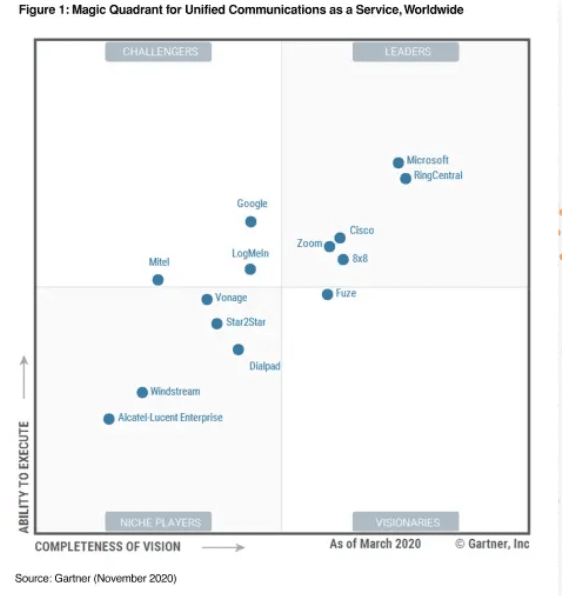Our work lives transformed in 2020 in ways we never could’ve imagined. Take James, a 29-year-old software developer who works for a big tech company in Silicon Valley.
He’s worked there for seven years—right out of college—but when the COVID-19 pandemic hit, he decided to temporarily move back to his parents’ home in Cincinnati. These days, he works out of his old bedroom, still decorated with baseball posters (he uses a virtual background on video calls).
When the company announced it was extending its work-from-home policy through summer 2021, James wondered when he’d get back to the office—and what it’ll be like when he does.
He knows it won’t be the same. After all, 2020 has been a rollercoaster in just about every way. The coronavirus pandemic spread worldwide, he and nearly everyone he knew got sent home to work remotely, and everyone’s work-life balance underwent enormous change.
This makes us wonder, what sort of work transformations will we see in 2021, on top of all the unprecedented changes this year?
1. Remote work is here to stay
There were always questions about whether work-from-home was viable. Would employees be as productive and efficient if somebody didn’t monitor them on-site? Now we know that working from home does work, and it won’t disappear after the pandemic.
A New York Times study found only one in five workers want to return to the office full time. Twitter announced its employees can choose to work from home permanently if they’d like.
Nearly two-thirds of CEOs say their remotely working employees will return to the workplace in some form, although that doesn’t necessarily mean full-time. Many employers have plans for employees to return to hybrid work environments, a mix of on-site and remote work.
2. Offices will downsize
Now that they’ve experienced successful remote work, many companies plan to downsize their physical locations. A survey by Cisco Systems found that more than half of company executives plan to downsize post-pandemic.
For instance, Nationwide Insurance will go from 20 physical offices to just four as most of their employees will continue to work from home.
3. More Gen Zers enters the workforce
Gen Z, which makes up about a quarter of the workforce now, is the most diverse generation in the US As a group, Gen Zers don’t focus on “climbing the corporate ladder” but instead tend to care about social issues and making a positive difference with their work. Thirty percent of Gen Z employees say they’d take a 10 to 20% pay cut to work for a cause they believed in.
Their focus on community and well-being, rather than loyalty to a company’s brand or reputation, means organizations need to rethink how they attract young employees. In 2021, employers should focus on mentoring and recognizing employees, connecting their company’s work to purpose, and ensuring the company’s attention is on employee health and well-being.
4, Focus on culture
Companies will need to focus on workplace culture after all the pandemic-related changes. Fifty-seven percent of companies surveyed said they anticipate significant changes to their company’s culture, and they need to think carefully about how they do that.
After all the layoffs, office closures, and changing work processes, some employees feel less supported. Mark Cuban, entrepreneur and Shark Tank star, tells corporations how they respond to the pandemic will define their brand for decades.
“How you treat your employees today will have more impact on your brand in future years than any amount of advertising, any amount of anything you literally could do,” he said.
5. Workplace communications must support a global workforce
Remote work opens up great opportunities to expand the company’s talent base. Successful remote work means new-hires can live anywhere. Work teams will need to operate as a cohesive unit, although their members may live thousands of miles apart.
When employees don’t meet in an office, it takes more effort to collaborate, and robust communication systems are essential. Cloud communications, such as team messaging, video conferencing, and phone calls, must fill in the gaps, and they must work well. Unified communications make the difference between lackluster and successful collaboration across distances.
The holidays are right around the corner now, and we’re about to stare 2021 in the eye. Many businesses already know their 2021 plans, while some are still formulating them—or leaving room to discover how conditions look before making any big announcements.
Regardless, we know that 2021 will be another year that doesn’t look like any year we’ve seen before. Perhaps we’ll soon be past the worst parts of the pandemic and ready to find our new business normal.
Originally published Dec 01, 2020, updated Jan 18, 2023





